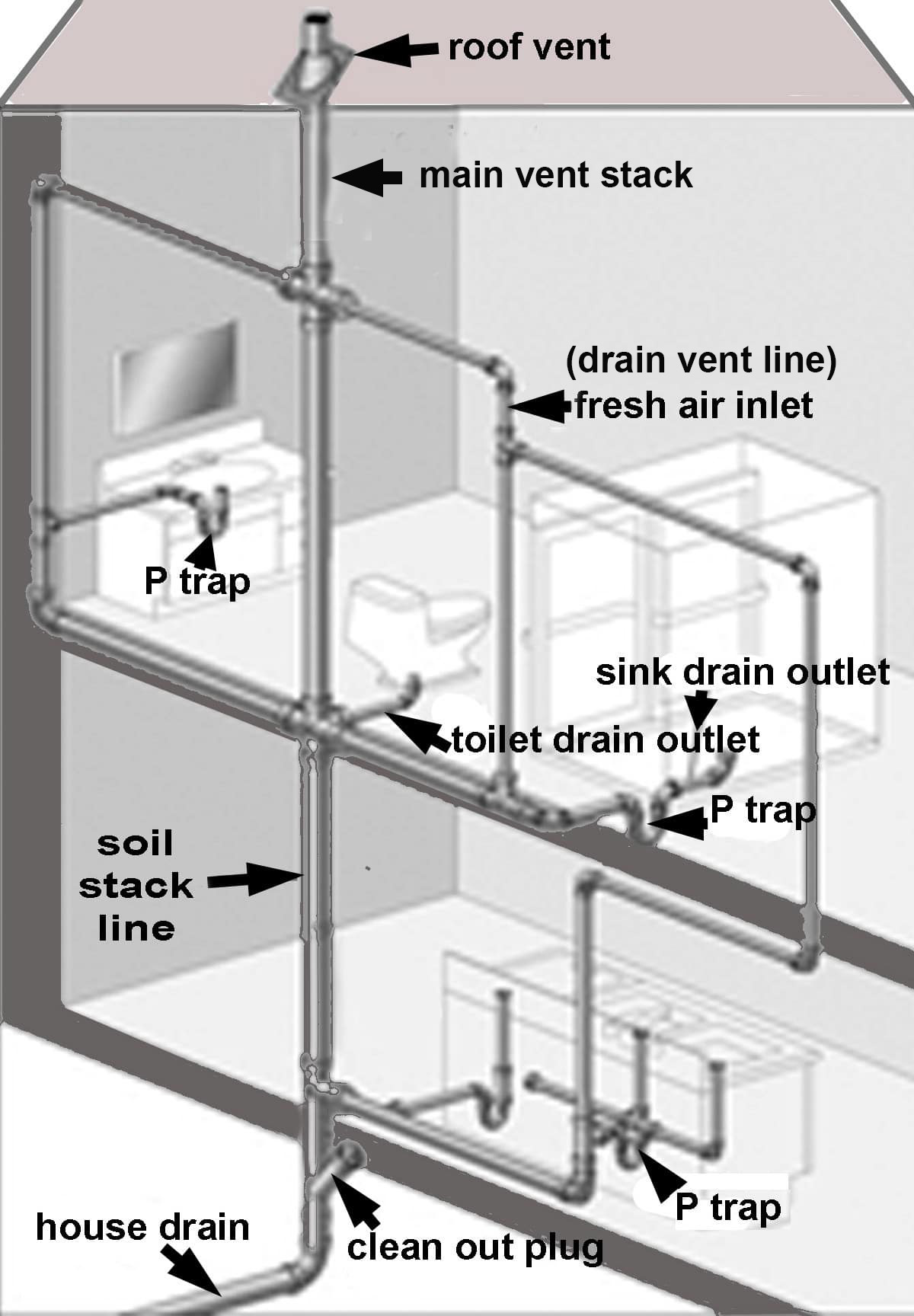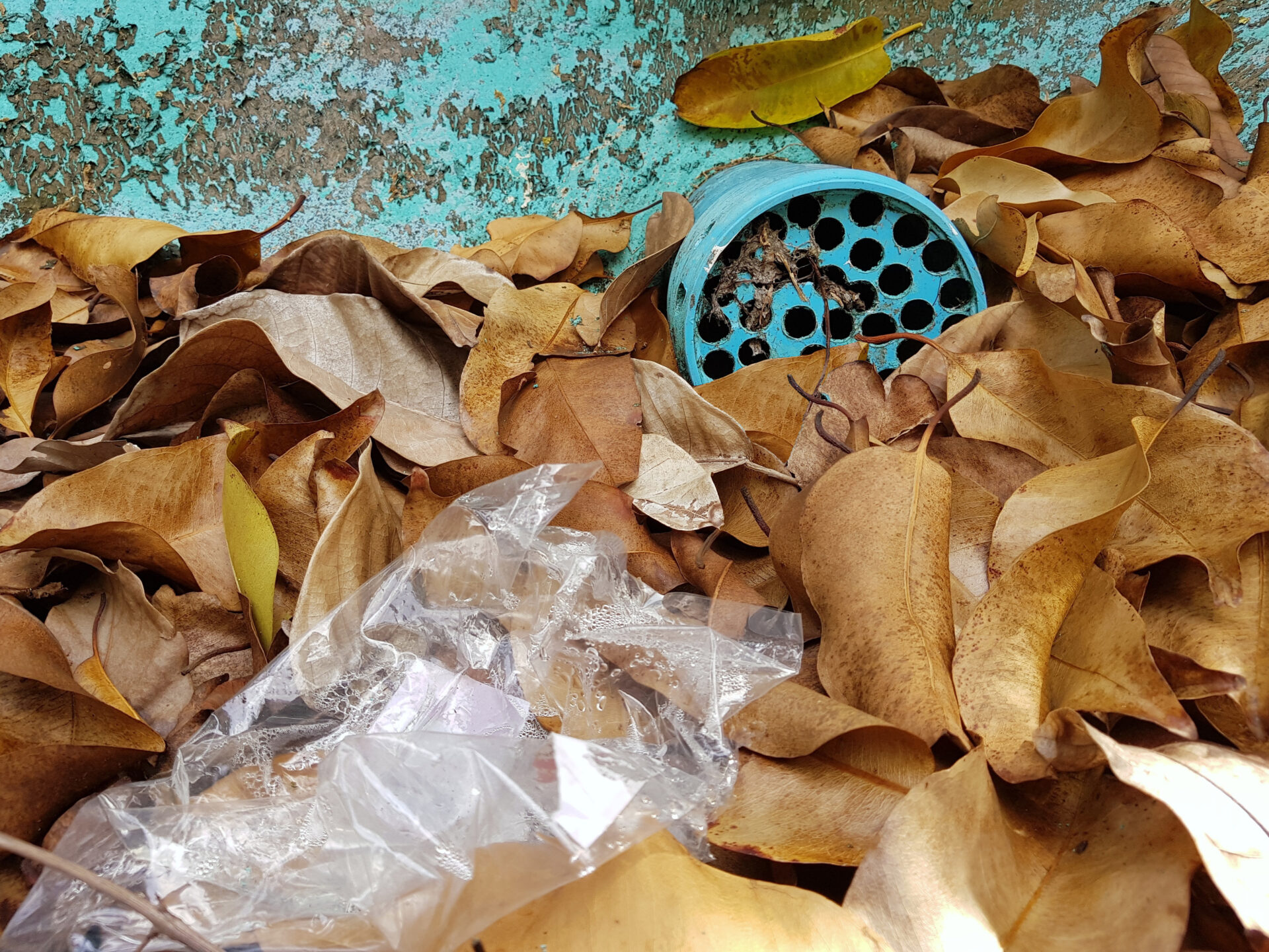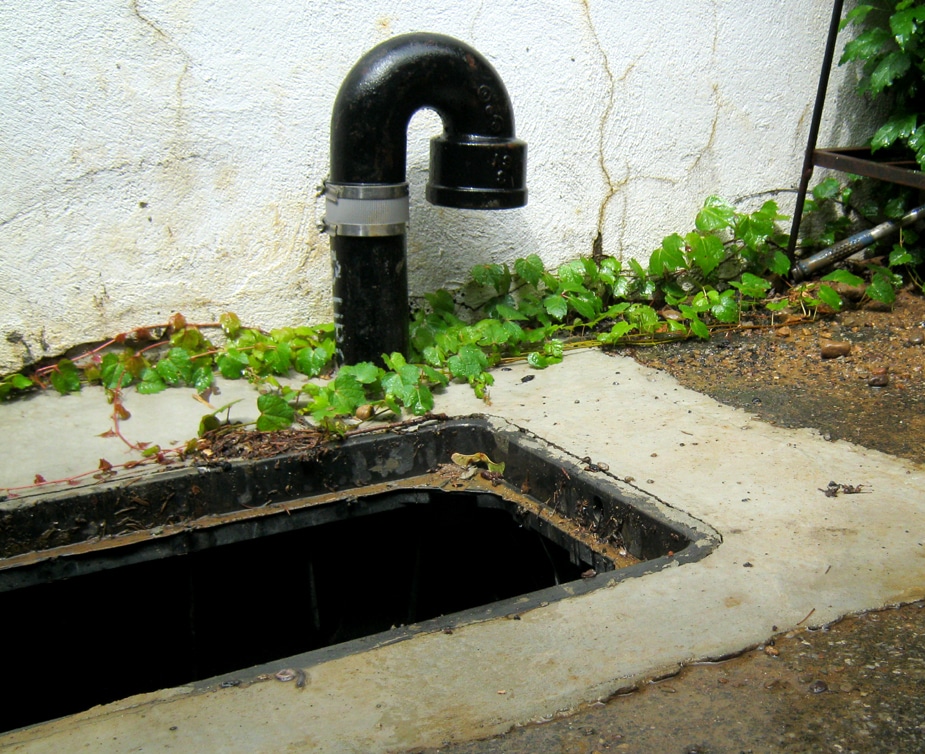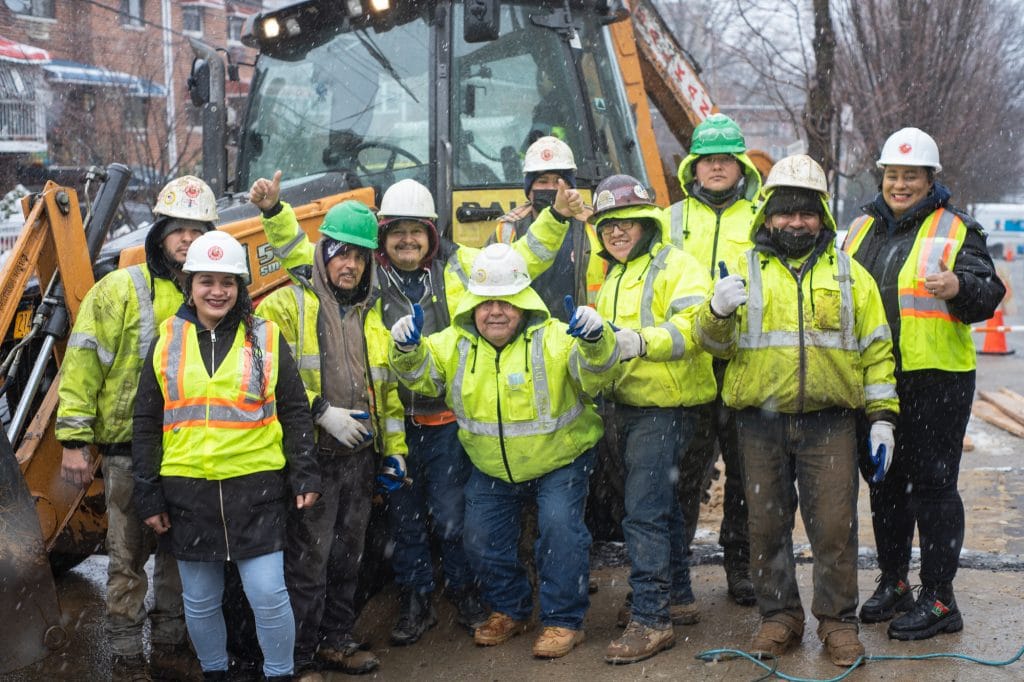Regardless of where you live, or the type of building you live in, clearing debris from your plumbing drain vent line may solve your slow drain issue. You may ask “How can I tell if my plumbing is clogged or blocked”? Slow draining is usually a sign of a clogged or damaged drain pipe and may require a professional drain service, but that is not always the case. In other cases, gurgling drain sounds is a way to tell if your drains have an issue. In some of these cases it is a blocked drain vent line or clogged plumbing vent somewhere in your drain system.
Sometimes you may use a plunger or auger to try to get rid of possible obstructions in your drain pipe. Yet the problem may persist. The next thing to check could be your plumbing drain vent line before you try to power wash the main sewer pipe. A clogged or blocked drain vent line may cause similar symptoms as a clogged drain pipe. Assuming you take good care of your drain lines:
- Installing strainers in every drain
- Flushing only water-soluble materials
- Placing fat, oil, and grease in containers (not your drain)
- Regularly cleaning the drain with hot water and natural cleaning solution, etc.
Your blocked plumbing vent line can be the cause of gurgling, and slow draining. Your vent is essential in allowing fresh air to displace the water leaving your drain system. That is why a drain vent is also known as a fresh-air inlet.

What is a plumbing vent line in your home?
Most of your main plumbing vent line lines terminate by sticking up out of your roof. Every single plumbing fixture in your home is supposed to have a vent, as is clearly stated in the NYC Plumbing Code. A plumbing fixture without a vent is like trying to drink a bottle of water without letting any air into the bottle. If you completely cover the bottle opening, the water will not properly flow out. The same holds true for your drain lines.
A vent’s main purpose is to prevent a vacuum. Preventing a vacuum allows wastewater and sewage to flow more freely into your main sewer line. Then eventually to the treatment facility or your septic tank. Water flow in the pipe requires air to displace the room it leaves behind; without the vent line or a blocked drain vent, water struggles to get out of the plumbing system. As a result, the draining process cannot work properly or at least it does not go as quickly as it should.
Your primary fresh air inlet for your drain system
Your primary plumbing vent line is technically known as a fresh air inlet (f.a.i.). It is located directly behind the house trap for your home sewer. If this vent gets clogged, all drains will operate poorly. You would probably hear gurgling sounds throughout your drain system.
On the bright side, it is the easiest of all vent lines to clear out. That is because it is located on ground level, and usually accessible from right outside your home. If it doesn’t have a U bend, it usually has a vent plate over it. Vent plates are easy to remove, then there is easy access for a sewer snake.
One or more of the following culprits can clog your vent line:
- Bird’s nest (a vent provides warmth to birds in the Winter)
- Rodents (warmth, and a way to enter your home)
- Tennis balls or baseballs (those darn kids)
- Leaves
- Grease or fat accumulation (can be found in lower-lying vent lines)
- Accumulation of other debris light enough to be carried by the wind.
Cleaning out a clogged or blocked drain vent line
While the cleaning process for a blocked drain vent itself is pretty straightforward, getting access to the vent line can be tricky. Working on a roof to fix anything is not particularly the safest task in the world. Confidence alone is not enough to ensure safety; make sure the roof is dry and wear protective gear to prevent falling. That said, it is always better to get access to a vent line from inside your home (even it if means taking apart a cabinet or some sheetrock).

Unfortunately, you have to be on the roof to do the job in some cases. Before you climb a ladder to the roof, think about calling a professional drain cleaner, or roofer. If you are a hardcore DIY person, make sure you have a flashlight, a rod (with a hook at the tip), and a plumbing snake with you. Ask someone else to stay alert on the ground and warn you if anything does not look safe.
- Use the flashlight to help see any possible obstruction in the pipe
- If an obstruction appears to be removable from above, use the rod or plumbing snake to take it out
Even if you cannot see the obstruction (and therefore you cannot do anything with the rod) in the blocked drain vent, ask the person on the ground to bring a garden hose up to you. Feed the end of the hose down the vent line and have the person turn on the water.
The actual DIY process of clearing a blocked drain vent line
A clog in the vent pipe will create resistance against the water from the hose. As you keep feeding the line with water, eventually the pressure and weight of the water will push the obstruction down the main sewer line. Use a power washer (with an extension) for more stubborn obstructions. Frozen vents can also cause slow draining, but you can solve the problem by pouring hot water into the pipe. Use a garden hose (rated for hot water) to do this; do not climb up the roof carrying a bucket of hot water.
Maybe just call a plumbing or drain cleaning professional?
You may have the tools, safety harness, and even an assistant ready to help you with anything during a plumbing repair, or trying to clear a blocked drain vent. Still, thinking about calling a professional plumber to solve the issue may be a better decision. Professionals from Balkan Plumbing will also check your main sewer line for the sake of a thorough inspection.
In case the plumber finds a clog in the pipe, rest assured that the professional has the tools, skills, and knowledge to solve that problem too. Contact the Balkan Drain Team for professional advice, and expert service 7 days a week. If you reside anywhere in Brooklyn, Queens, Manhattan, The Bronx, Staten Island, Long Island, or Westchester County, the Balkan Drain Team is minutes away.




